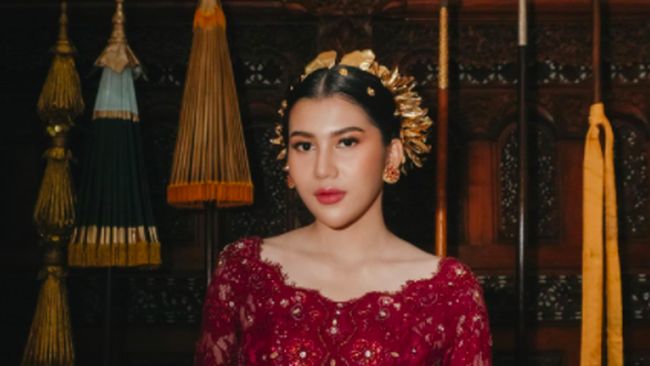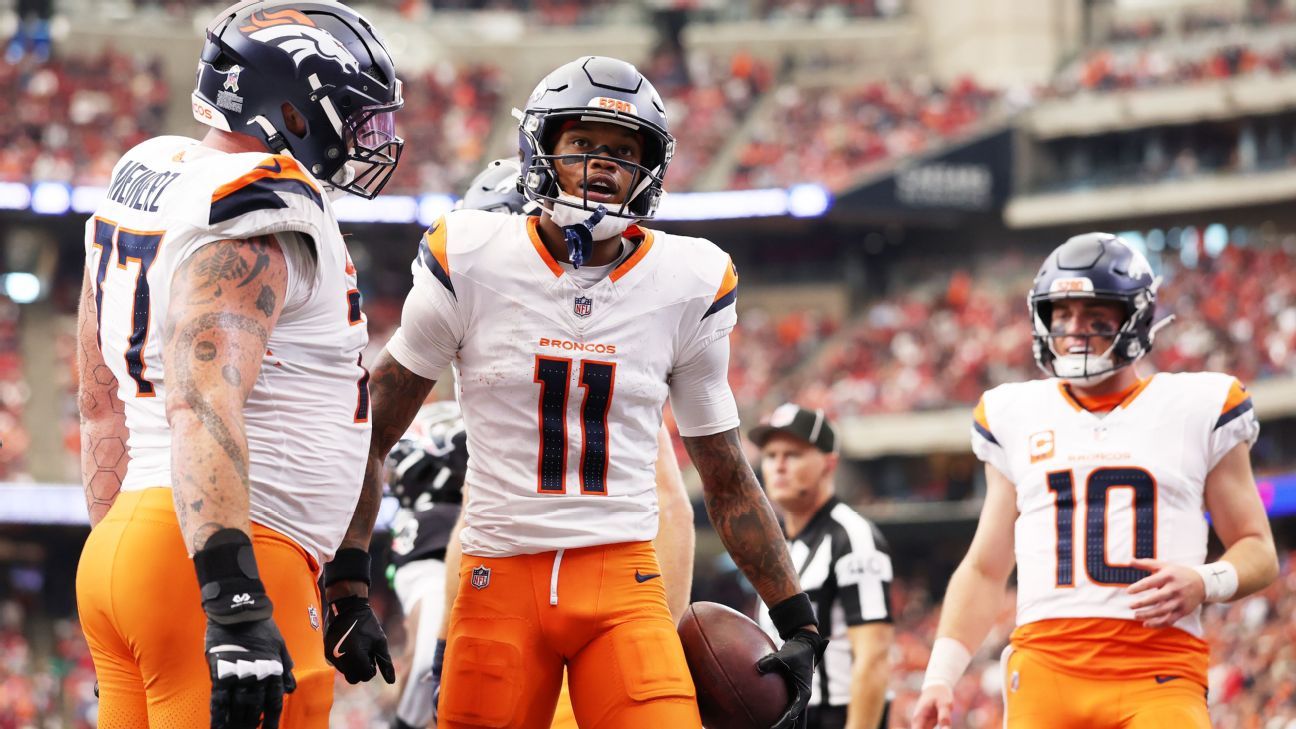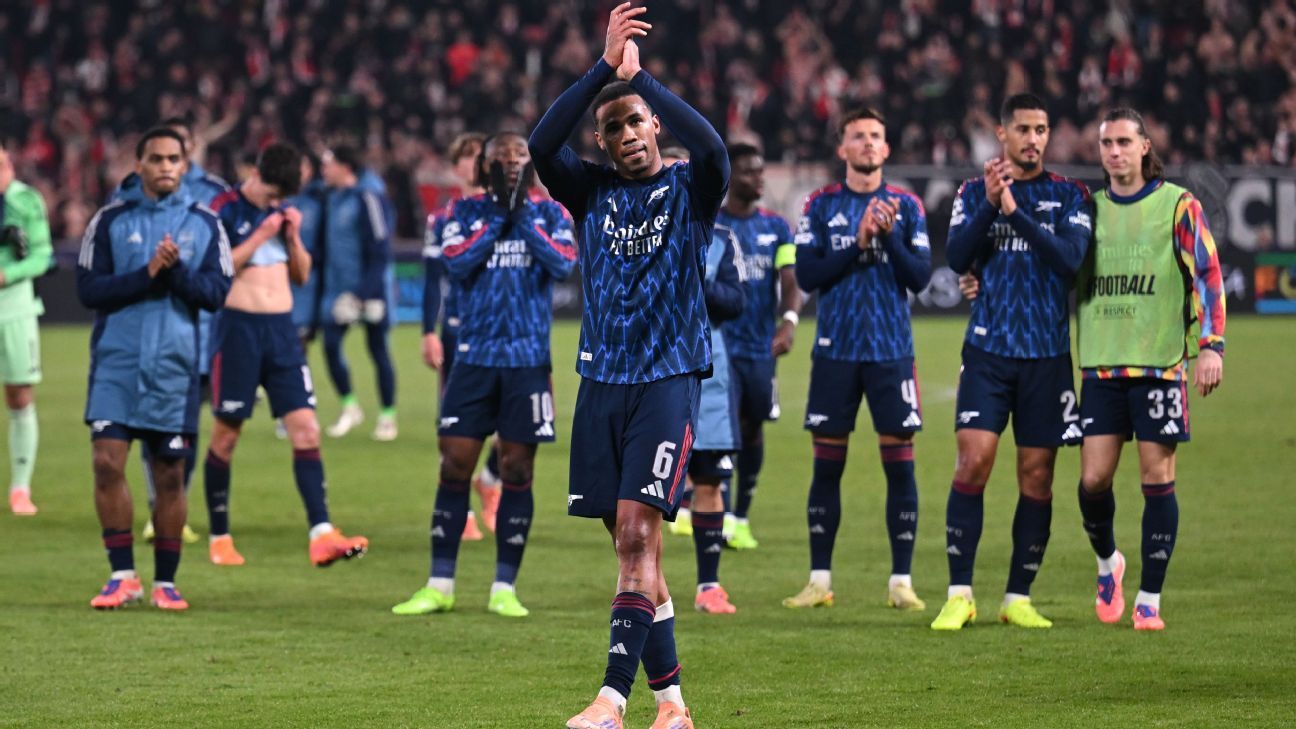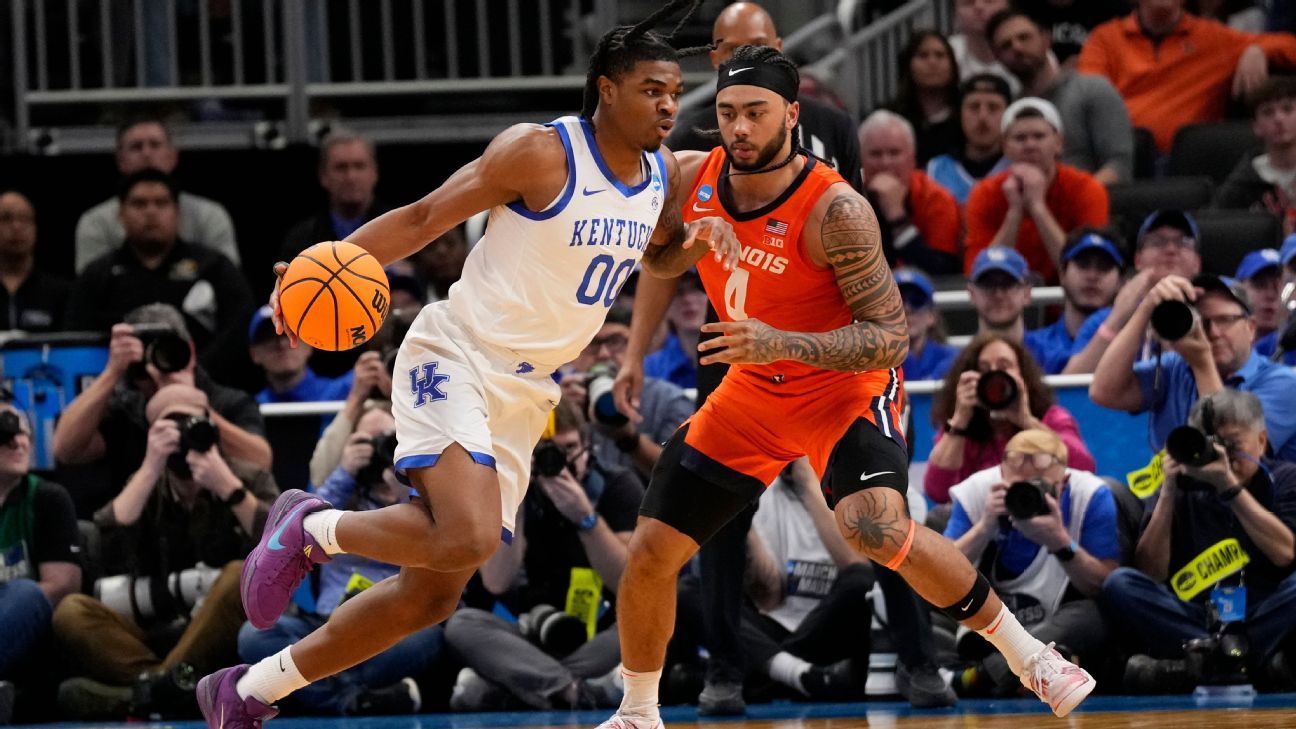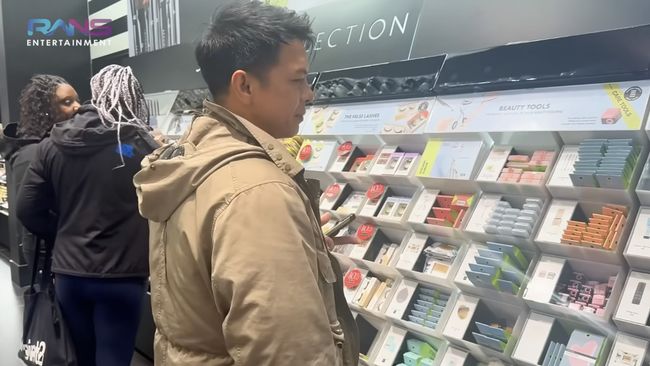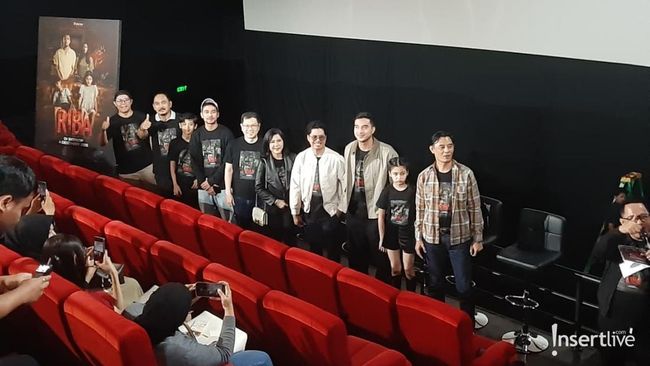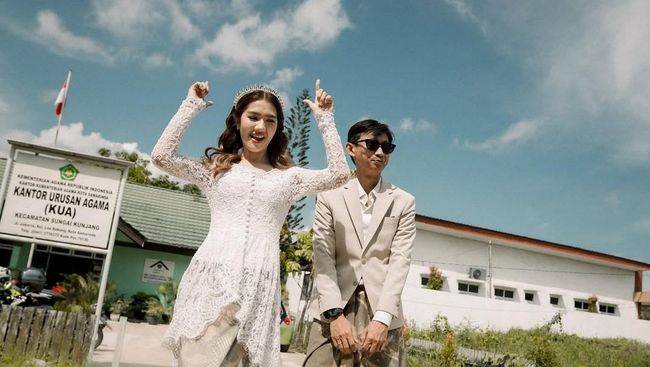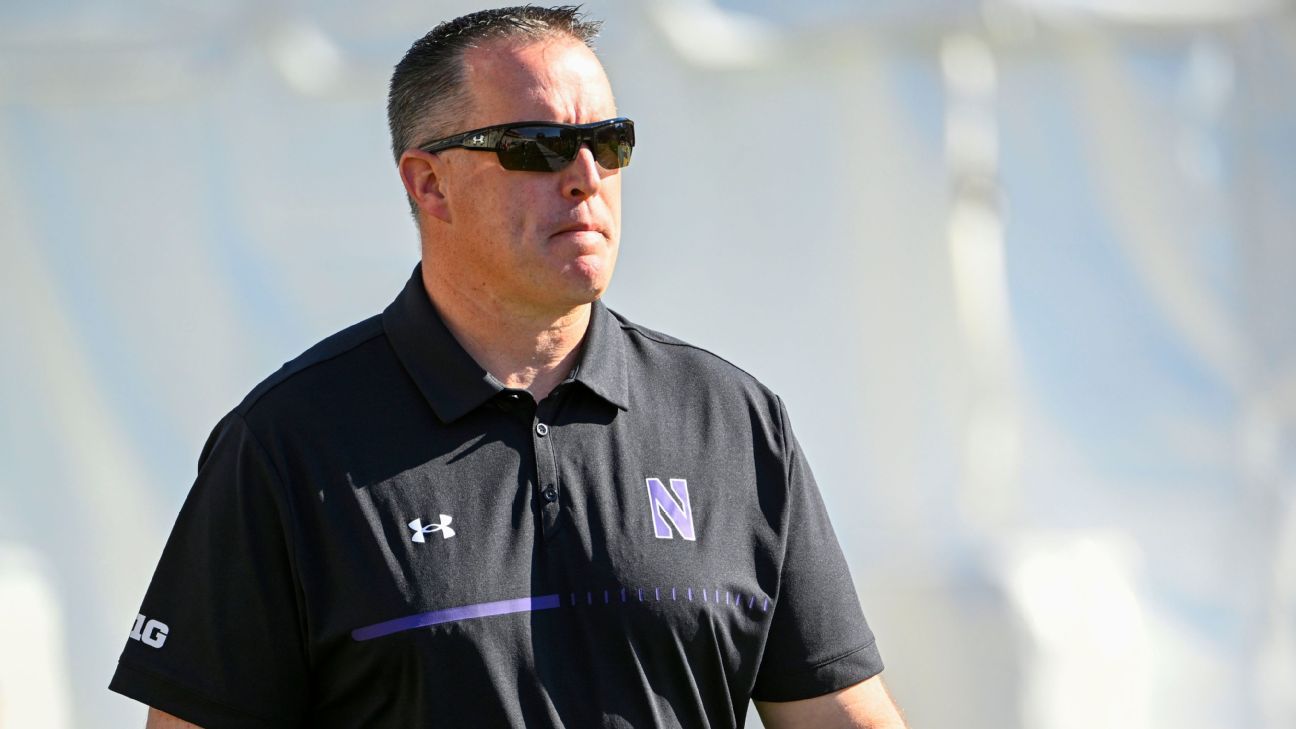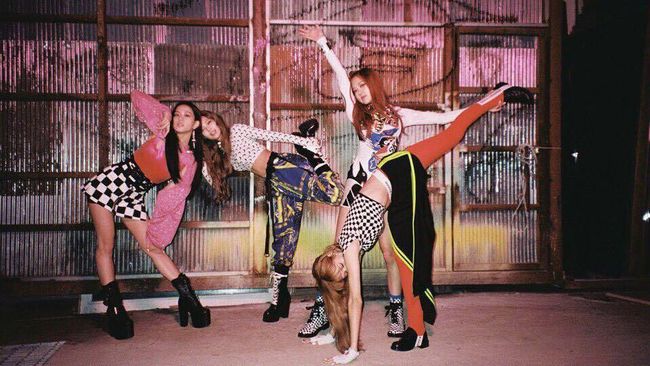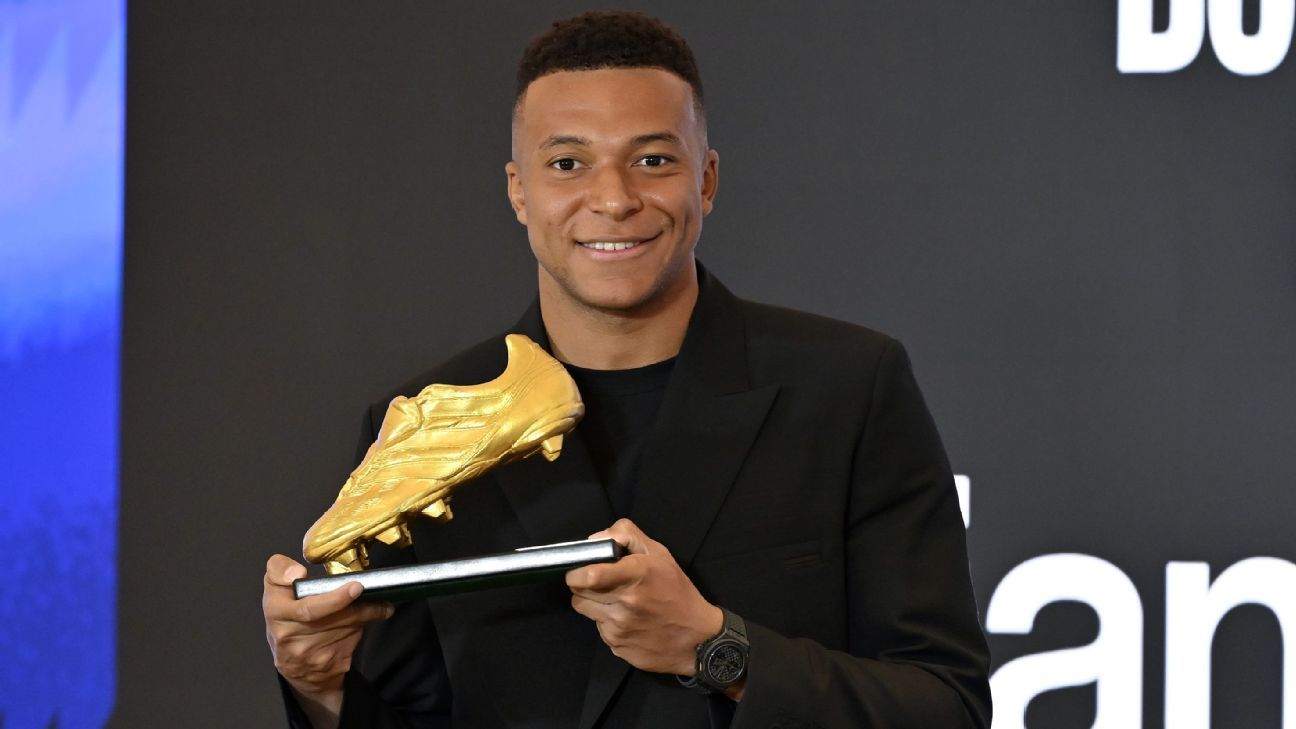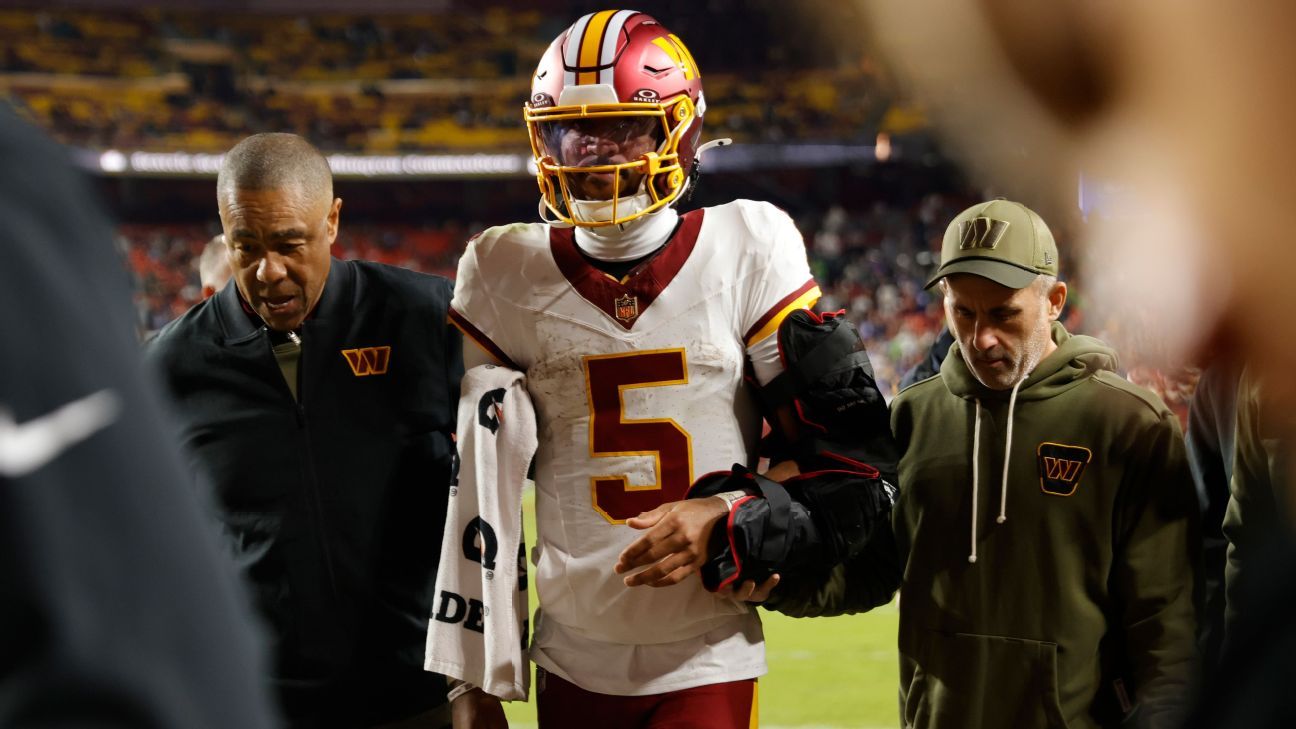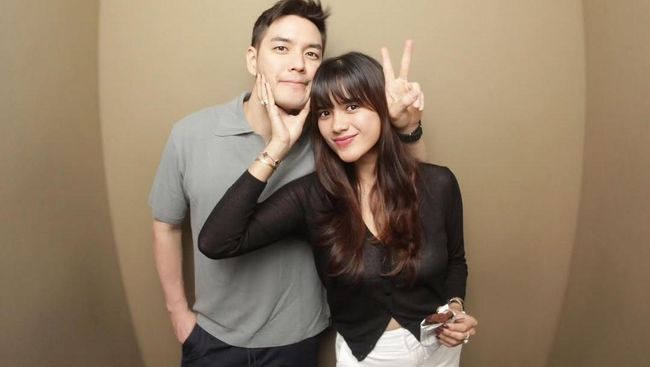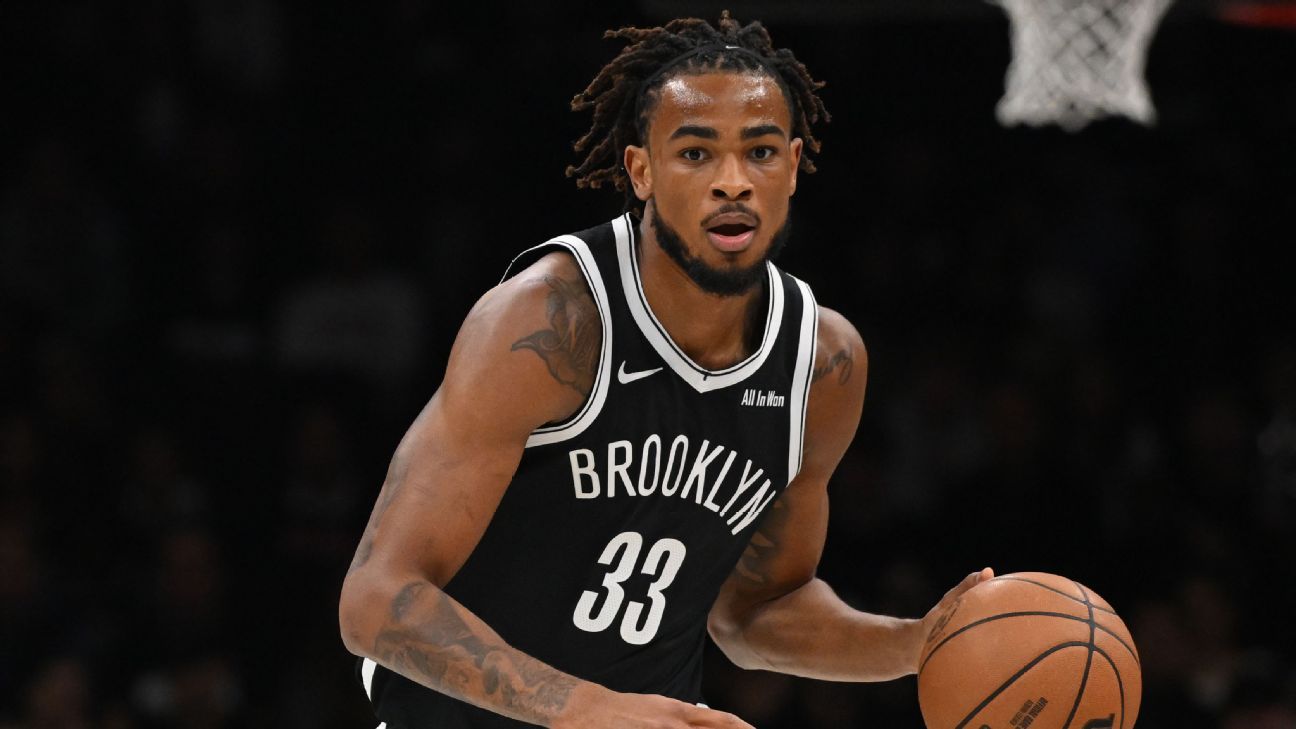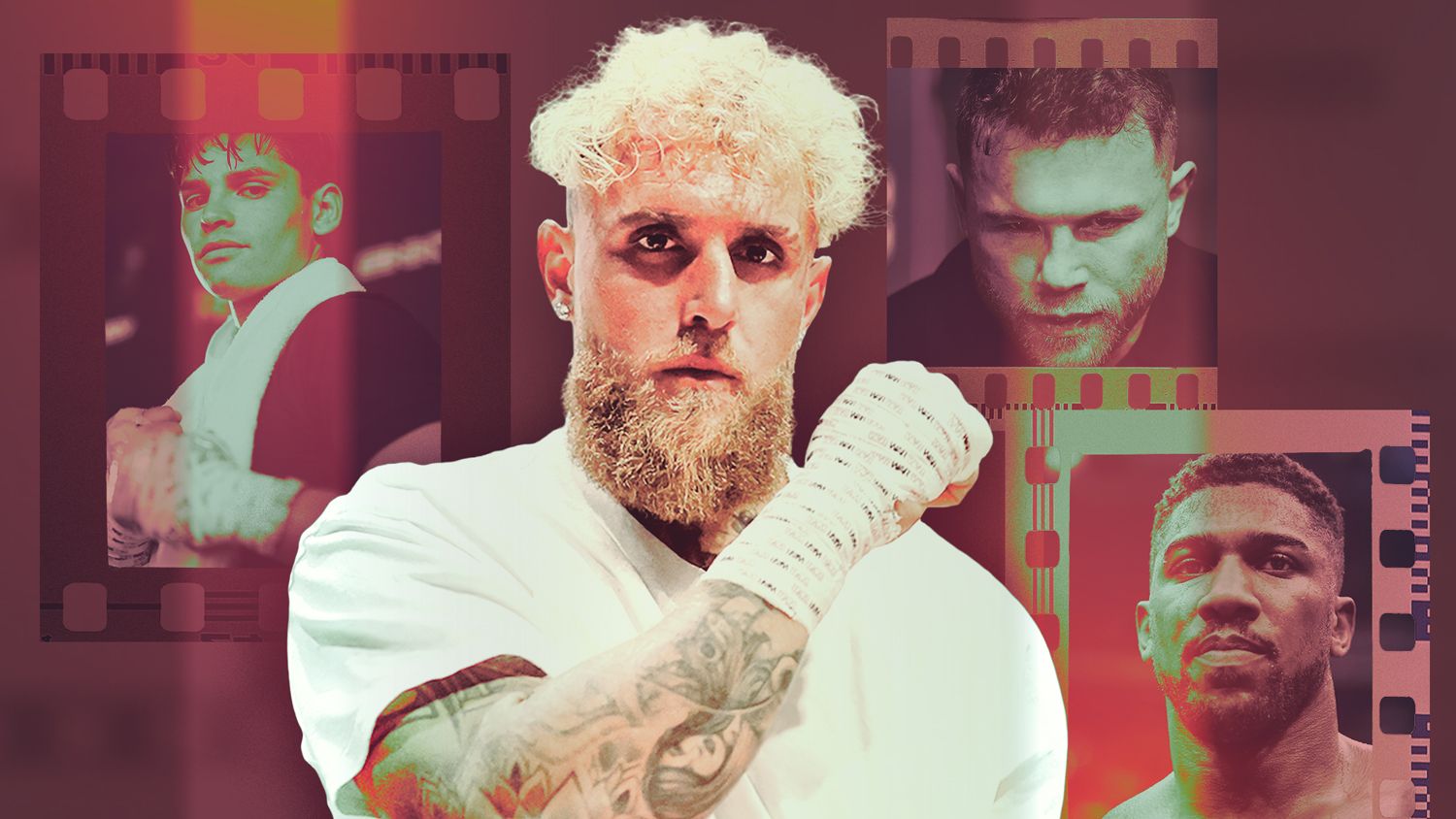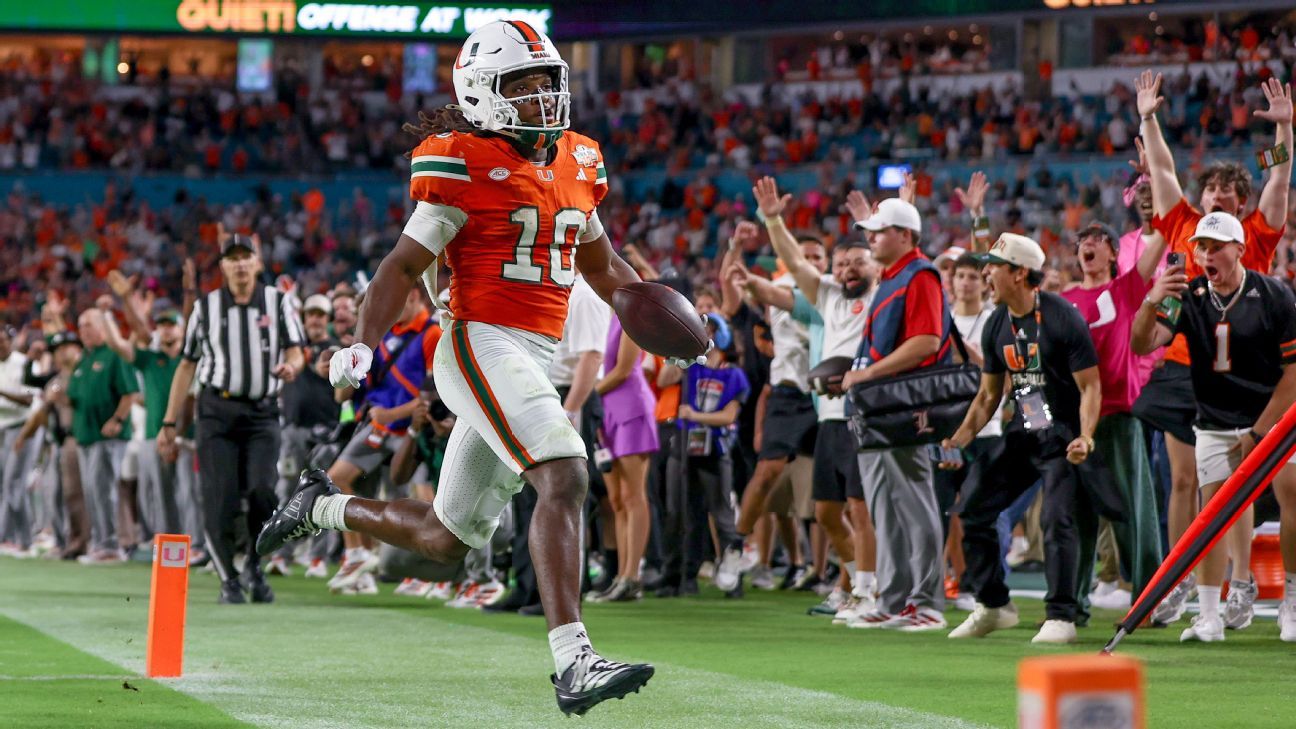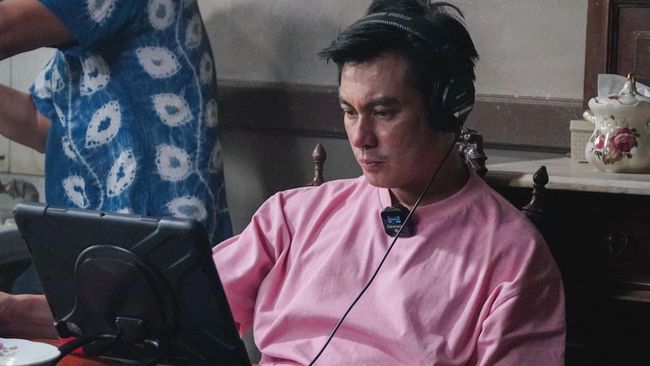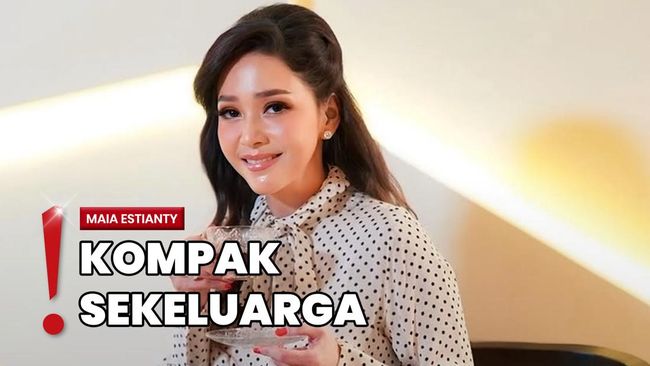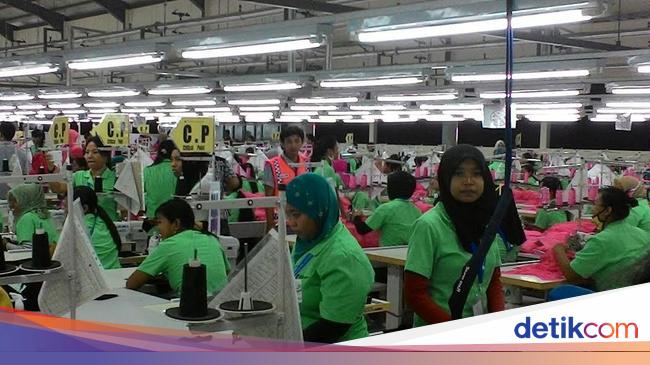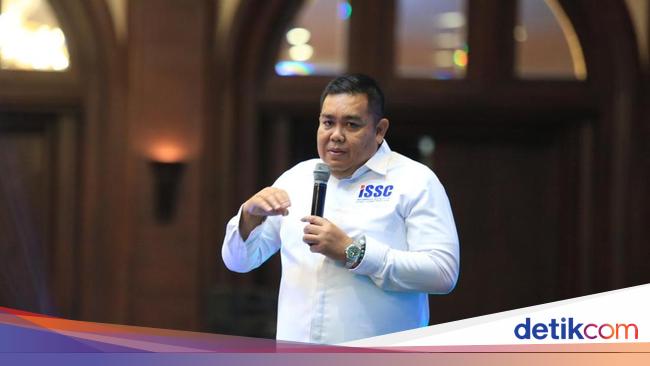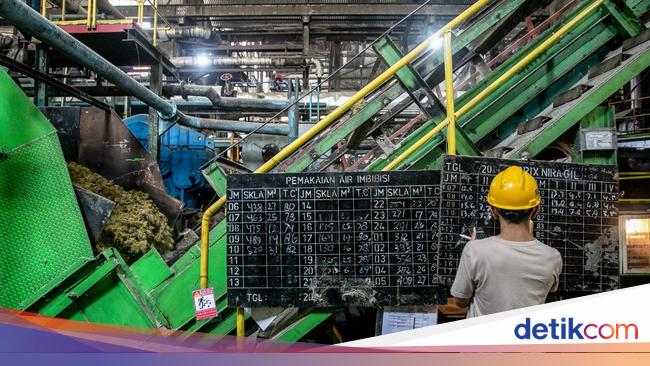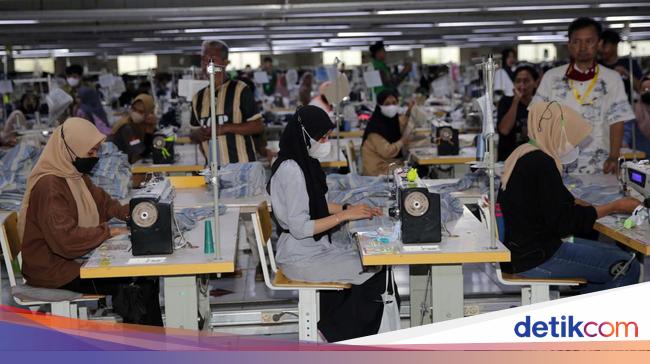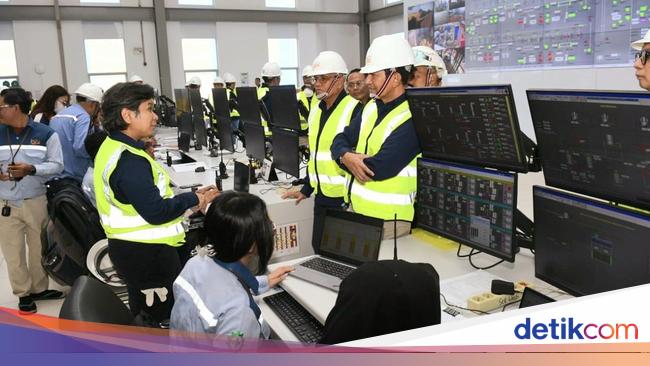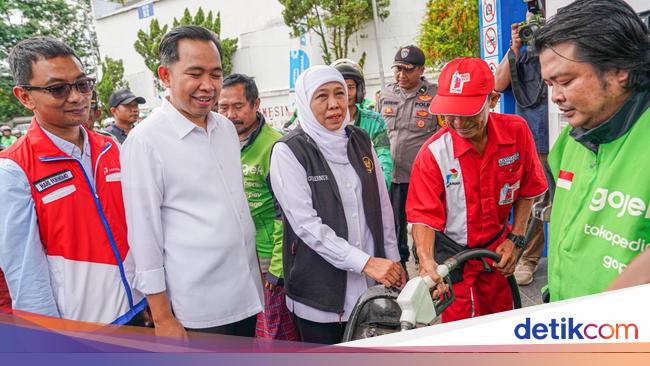
Kiley McDanielNov 6, 2025, 07:00 AM ET
- ESPN MLB Insider
- Kiley McDaniel covers MLB prospects, the MLB Draft and more, including trades and free agency.
- Has worked for three MLB teams. Co-author of Author of 'Future Value'
The MLB offseason is officially here! As free agency kicks off at 5 p.m. ET on Thursday, it's time to rank the 2025-26 free agent class and predict how much money each player will get.
Let's start with a quick rundown of what you need to know about these rankings and projections.
For simplicity, the players are ranked by the size of their projected guaranteed contracts, including the posting fee for foreign professionals, so technically it's by the projected total cost to the signing team. (There are a number of players from Japan's NPB and Korea's KBO listed -- that's meant to be all the players who could in theory come to MLB; not all of them will this winter.) The contract projections are a mix of my opinions and those of agents and executives, but the goal is to predict what will happen, not decide what each player is worth.
The qualifying offer is a notable piece of this puzzle -- a team can offer a pending free agent a one-year, $22.025 million deal that he can accept, or the team gets compensation if he signs elsewhere -- and I see 10 players who should be offered the QO (I added an asterisk to their projected contracts). That happens to be every free agent projected for over $50 million who is eligible to get the QO, and one player who seems to be borderline: Lucas Giolito.
Here are last year's projections to get a feel for how I did. One measure is to compare my projections with the actual contracts. There were 124 players I projected to get big league deals who did sign one -- I projected $3.58 billion in guarantees and those players received $3.44 billion in guarantees.
I project overall spending this winter at a hair over $3.5 billion. That's almost exactly where last winter's spending landed, though I projected $3.78 billion for it at the time, suggesting overall spending could be down a bit this offseason. Shane Bieber and Jack Flaherty opting into their contracts was a bit surprising and ticked this winter's projected spending down a little over $100 million.
Buzz around the industry is mixed about the market as a whole, so I'd expect a slower start to free agency as both sides feel out what teams are looking to accomplish. On to the projections!
1. Kyle Tucker, OF
2025 team: Chicago Cubs
2026 Opening Day age: 29
Projected contract: 11 years, $418 million ($38M AAV)*
Tucker and Vladimir Guerrero Jr. had long been circled as the two players who could potentially sign megadeals in this free agent class, but Tucker is alone at the top since Vlad Jr. got his extension (14 years, $500 million) during the 2025 season. Tucker had some ups and downs to his 2025 season, covered in my September breakdown (and polling of the industry) of his free agent market. I go into a lot of depth about the comparables and how the market values Tucker vs. Vlad Jr.
The conclusion from that exercise (via the industry projections of his contract) is that Tucker should come in just below $400 million. I've found from my experience projecting these types of deals that the top-tier free agents tend to beat those projections. This is largely due to the competition among top teams to get the true difference-makers, and also because many teams think they can "make" role players from their own prospects and players signed on smaller free agent deals, thus shifting some spending from those types of players to stars. Every team knows what the "expected" contract is for these top players; a handful of interested teams aim for that target more or less, then run into competitive forces; and at least one team is willing to go a bit over the projection because of the lack of elite players available at any one time.
Tucker has been very consistent (he has the 11th-best WAR and is the ninth-best hitter in baseball since 2021) and has been lauded since early in his high school career for his pretty left-handed swing and big power, going fifth in the 2015 draft. That's the kind of long track record and consistency (read: high floor, low bust potential) teams look for when they're making giant investments.
The risk for a corner outfielder who will be 30 years old in the second season of his deal is that he could athletically fall off a cliff in the middle of this contract. Tucker is insulated from that concern a bit because he has a track record of being above average on the basepaths and defensively despite below-average top-end speed and only solid-average bat speed. He relies more on feel and precision than pure tools, thus the thinking is he'll age better than the generic very good corner outfielder.
2. Framber Valdez, SP
2025 team: Houston Astros
2026 Opening Day age: 32
Projected contract: 6 years, $168 million ($28M AAV)*
Valdez is an easy sell: he's a dependable (fifth-most regular-season innings since 2021) lefty with extensive playoff experience (most playoff starts and innings since 2020) who has regularly posted ERAs in the high 2s to mid-3s, averaging 3.20 since 2021, and that mark is driven by the highest ground ball rate in the league (among starters) in that span. Plus, the velocity of his sinker went up a bit in 2025 after a dip in 2024. On the other hand, he's about to turn 32, doesn't miss many bats relative to other nine-figure starters, and his 3.66 ERA in 2025 is his worst since 2019.
So, you're not getting an ace, or at least not as most people think about an ace, but you're likely getting a steady No. 2/No. 3 starter and clear starter in a playoff series, and you're just hoping that he doesn't transition to a softer-tossing back-end starter on this contract. The best recent comp is Aaron Nola (seven years, $172 million), though Valdez is hitting the market at roughly 18 months older than Nola did, so six years seems likely.
3. Cody Bellinger, OF
2025 team: New York Yankees
2026 Opening Day age: 30
Projected contract: 6 years, $165 million ($27.5M AAV)
Bellinger won the NL MVP as a 23-year-old in 2019 with a 7.8 WAR season but hasn't reached those heights again, relying more on being well-rounded and producing regular quality contact rather than massive exit velos. On the bright side, his second-best season was 2025, when he posted 4.9 WAR with above-average baserunning and defensive value.
Bellinger is an average defensive center fielder who is above average in a corner-outfield spot and solid at first base, as well. His wide base of skills and versatility give him a high floor, and the adjustability of changing his offensive approach in the big leagues suggests he'll age well.
There aren't many potential core position players in this class, but Bellinger still being young for a free agent while fitting well at four positions should give him a robust market. I see five or six years here, and I think he'll clear $150 million.
4. Alex Bregman, 3B
2025 team: Boston Red Sox
2026 Opening Day age: 32
Projected contract: 5 years, $160 million ($32M AAV)
Bregman opted out of a $40 million player option (with deferred money moving the net present value just under $32 million by one calculation) to hit the market again now one year older than last winter, but with his offensive stats ticking up a bit in 2025. Last winter, I projected six years, $187 million and Bregman's high-end offers didn't meet his liking, so he opted for a shorter deal with a higher AAV (only slightly higher after deferrals) and opt-outs: three years, $120 million.
Age is a massive factor in the math teams do to set the years and price they're willing to pay to sign free agents, so five years is probably where things land if Bregman ends up getting a longer-term deal to his liking. I think teams with real interest would be fine with a roughly $30 million AAV at a four- or five-year term. My best guess is that negotiations will end up just above that because Bregman is the most consistent option (at least 14% above league average as a hitter every year of his career) of the hitters behind Kyle Tucker, with real age, defensive or consistency questions hindering the other hitters in contention for this kind of payday.
5. Tatsuya Imai, SP
2025 team: Seibu Lions (NPB)
2026 Opening Day age: 27
Projected contract: 6 years, $135 million ($22.5M AAV) + $22.125 million posting fee
Imai likely gets the biggest deal of any foreign professional this winter and is more of a solid No. 2 or No. 3 starter with some risk to get there than a potential ace, but his age and the lack of a qualifying offer will help bring up the amount teams are willing to pay for him. Imai will be subject to the posting system; the posting fee for this projected contract would be just over $22 million, paid to his NPB club, for an all-in cost of just over $157 million ($26.2M AAV).
A big selling point on Imai is his cratering walk rate, going from a BB/9 of 5.1 to 4.1 to 3.6 to 2.5 over the past four seasons, punctuated by his 2025 line: 163⅔ IP and a 1.92 ERA. Imai is 5-foot-11 and throws from a lower slot, so he creates a flat plane, excellent for swings and misses at the top of the zone for his 93-97 mph four-seam fastball that hit 99 mph last season. His miss rate on the pitch wasn't elite because he didn't throw it at the top of the zone very often, but that's something that can be fine-tuned in the big leagues.
Imai has an above-average splitter, but his slider is a more interesting topic. His slider doesn't slide: It averages arm-side movement, like Trey Yesavage's, so it can be an effective pitch even if it's unusual to see (especially when paired with a splitter and above-average fastball velocity, like Yesavage does). There's some conventional wisdom in baseball that a backup slider is the best pitch in baseball (because nobody knows when a pitcher will misthrow the pitch like that), but that's meant as a one-off, not a recurring quality to shoot for.
You could question Imai's size or fastball miss rate or shorter track record of elite command, but the biggest concern teams have is if his slider will play in the big leagues for the long term. It played well this season, with a 45% miss rate and .212 xwOBA, both well better than MLB average for a slider. These qualities add up to both uniqueness in Imai's shapes and release traits as well as adjustability due to his improving command: Some teams see these two qualities as the secret to projecting longevity and improvement with pitchers.
Every team would love to land a steady midrotation starter on a deal where half of it will take place in his 20s. If I miss this projection by $25 million or more, it'll probably be because he got more money, not less.
6. Dylan Cease, SP
2025 team: San Diego Padres
2026 Opening Day age: 30
Projected contract: 5 years, $145 million ($29M AAV)*
Cease has been a reliable front-line starter for the past five seasons, making at least 32 starts each year and ranking fourth in that span in pitcher WAR, ahead of Tarik Skubal, Max Fried and Valdez. He tends to underperform his peripherals a bit, but that spiked this year, when he posted a 4.55 ERA while his ERA estimators were in the mid-3s.
Cease is a right-handed version of Blake Snell in a number of ways, with vertically oriented movement due to his higher slot, a fastball/breaking ball-heavy power approach (at least 80% fastball/slider to both righties and lefties) and an elevated walk rate at times paired with a big whiff rate. Cease hasn't been good in the playoffs over five appearances (8.74 ERA), but there are only so many pitchers who can give quality innings in bulk with the chance to show flashes of ace-level pitching for spurts when the locations of their power stuff are dialed in.
I see five years at roughly $30 million AAV as the neighborhood he should land in, but comparable starting pitching options and the (likely) qualifying offer being tied to him might dampen his market a bit from there.
7. Bo Bichette, SS
2025 team: Toronto Blue Jays
2026 Opening Day age: 28
Projected contract: 5 years, $130 million ($26M AAV)*
Whereas Tucker, Valdez and Bregman are steady, standout players, Bichette is one of a handful of players in the next tier of talent with more mixed résumés but similar upside. He was good immediately in the big leagues and was one of the top 30 players in the sport from 2021 through 2023, averaging 4.5 WAR per year during that stretch. His 2024 season was cut in half by injuries, but he also hit .225 with career-low power numbers and it wasn't that unlucky: He was notably worse, particularly at the plate, although his bat speed and foot speed were basically the same.
Then, Bichette bounced back in 2025, performing at or just above his 2023 levels at the plate, but now his defense became more of an issue. His defensive metrics were the worst of his career, showing way below-average range at shortstop, something that could be pretty easily solved by moving him to second or third base. Bichette is the youngest of the MLB veteran free agents (a few potential NPB veterans are the only younger players) projected to land over $75 million.
His defensive contributions (though a position change addresses that), his durability and his 2024 offensive showing might make some pause, but Bichette has a solid track record with real upside. There's a case he should make more than Marcus Semien's seven-year, $175 million deal from 2022 (after a strong platform season as Toronto's shortstop), though Semien hit 45 homers and was a superior baserunner and defender at that point, despite being three years older when he hit the market, which was also a hot, pre-labor stoppage market.
There's also a chance Bichette's market takes a turn similar to Bregman's last winter, toward a shorter term with opt-outs (two or three years, roughly a $30 million AAV) if he doesn't get the giant guarantee he's looking for. This has a real chance to happen because Bichette could hit the market in his 20s next winter, and a full, healthy 2026, maybe even with better defense, would really help his case for a big long-term deal.
8. Kyle Schwarber, OF
2025 team: Philadelphia Phillies
2026 Opening Day age: 33
Projected contract: 4 years, $128 million ($32M AAV)*
I polled the industry on Schwarber's deal, and expectations are roughly around four years at $30 million per year, though both figures could end up a bit higher. Schwarber swatted 56 homers and had a .323 isolated power (slugging minus batting average) and a .414 xwOBA, which are all career highs. Because he has played just 13 games in the field over the past two seasons and is a soon-to-be 33-year-old designated hitter, his market will be much lower than you might expect for those power numbers.
One way to read the industry projections is that there's an expectation that Schwarber will be very productive for the next two seasons (maybe three), and to get him under contract, you'll have to either pay as though he will definitely be good or toss in a fourth year. Some execs believe that since at least one team will likely offer a fourth year, a smart move could be to add a fifth year, effectively at a much lower salary (like $7-10 million more in guaranteed money), to get the AAV lower for CBT considerations and also to max out the total guarantee to (potentially) win the bidding process. J.D. Martinez's five-year, $110 million deal with the Red Sox in 2018 is one of the few relevant historical comps, but he was about three years younger than Schwarber is now.
If I were to give numbers for those three-, four- and five-year projections, it would be something like three years for $115 million ($38.3 AAV), four years for $128 million ($32 AAV) or five years for $135 million ($27 AAV). From Schwarber's perspective, I'd probably take the four-year deal. It also wouldn't shock me if some teams approached these three scenarios at $15 million lower on each of the guarantees because they weigh position and age much more heavily in their projections. If a team were to end up well above these figures, execs I spoke with think it would be the Phillies.
9. Pete Alonso, 1B
2025 team: New York Mets
2026 Opening Day age: 31
Projected contract: 4 years, $110 million ($27.5M AAV)
Alonso was anticipated to get $150 million or so last winter, and his expectations for a long-term deal weren't met, so he returned to the Mets on a two-year, $54 million deal that had an opt-out, which he exercised. The combination of being a poor defensive first baseman going into his 30s and his offensive numbers trending down from his peak didn't get teams excited last winter -- and owner Steve Cohen didn't mandate the Mets re-sign Alonso at any cost -- so the market for a huge deal didn't materialize.
In 2025, however, Alonso put up his best offensive numbers since his rookie season, and one key underlying metric (xwOBA) was the best of his career. What changed? His strikeout rate was down and his power numbers were up, which both would be affected by the shortening of his swing length. The shortness of his swing was in the 74th percentile (ranked 58th) this season after being in the 51st percentile (ranked 104th) last season, among qualified hitters.
Alonso's baserunning and defensive metrics continue to regress, almost entirely due to his range; some evaluators think he should be a primary DH going forward, which would hurt his long-term value. There's some of the Schwarber logic here -- everyone in baseball would like to have Alonso for the next few seasons, but then the interest gets more mixed around season three or four. I could see some teams offering a fifth year, but for a number about half of the AAV listed above, so something more like $120-125 million guaranteed. The industry values a left-handed bat (Schwarber) more than a right-handed one (Alonso), so that combined with Schwarber's better 2025 numbers makes up for him being older than Alonso. I think all that adds up to Schwarber securing a bigger guarantee than Alonso, but it might be quite close.
10. Munetaka Murakami, 3B
2025 team: Yakult Swallows (NPB)
2026 Opening Day age: 26
Projected contract: 5 years, $80 million ($16M AAV) + $13.875 million posting fee
Murakami missed being age-eligible to be posted last winter by a few months. His posting process has been anticipated since he burst onto the scene in 2022 and hit 56 home runs in his age-22 season in Japan. Since then, a combination of injuries, positional questions and contact issues has dampened evaluators' enthusiasm a bit.
On the bright side, Murakami is a left-handed hitter with massive raw power: His 90th percentile exit velos would've been fifth in MLB, his maximum exit velo would be 12th and his hard-hit rate would be first. On the other hand, he's probably a long-term first baseman (but hasn't really played there before), his contact rates would be among the worst in MLB and he has faced lesser velocity in NPB. Some evaluators think his contact rate could improve -- even while facing better pitchers in the U.S. -- if he can make some mechanical/approach adjustments, but that's obviously speculative.
The bull case is that Murakami's combination of elite exit velos, hitting from the left side, having some defensive value in the infield and being in his mid-20s is rare enough on the free agent market to get him an eight-figure AAV over a five- or six-year deal, with some execs assuming the total outlay plus posting fee will eclipse $100 million, possibly by a big margin. It'll take a team with that perspective of Murakami to get to that number because other evaluators see a risky, one-dimensional player here.
A reasonable expectation is Murakami can be an immediate home run threat with a solid walk rate but a low average and not much in the way of baserunning or defensive value -- maybe Kyle Manzardo/Matt Wallner on the lower end, Spencer Torkelson as a medium comp and Brent Rooker as the hopeful outcome. The above projected contract might look weird for that set of comps, and there are a number of teams that wouldn't go over $50 million for Murakami, but there are also not many mid-20s position players on the free agent market with a clear carrying tool and no QO; these sorts of players demand a high price on the trade market if they're even available. A comp that comes up is Joey Gallo, who most fans think was always a bad player, but he did post 4.4 WAR in his age-27 season, and next year will be Murakami's age-26 season.
Remember Yoshinobu Yamamoto went for almost double of many of his pre-offseason contract projections with those same market factors also on his side, though he's a starting pitcher. Murakami is hitting the market 3½ years younger than Masataka Yoshida was as a free agent with a similar amount of defensive and baserunning value, and Yoshida got $90 million from the Red Sox. I'm striking a bit of a balance with my projection, but I could see Murakami's ultimate deal being around $50 million or well over $100 million (before posting fee), with the higher number more likely.
We can profile the sorts of teams that will be the most enthusiastic bidders. Teams with big payrolls that also highly value exit velo and age might see this gamble as an enticing one: The Yankees are one team that fits on both counts and the Cubs could fit as well. Chicago has Kyle Tucker hitting free agency along with Ian Happ, Seiya Suzuki and Nico Hoerner entering walk years, while Matt Shaw, Moises Ballesteros, Owen Caissie, Kevin Alcantara and Jonathon Long are battling for long-term spots, so the Cubs could add Murakami to that group to get some time at the four corner spots and DH.
11. Ranger Suarez, SP
2025 team: Philadelphia Phillies
2026 Opening Day age: 30
Projected contract: 4 years, $92 million ($23M AAV)
Suarez is fascinating: His fastball velocity has slipped from 93.4 mph to 92.0 to 91.2 over the past three seasons, but his ERA has gone from 4.18 to 3.46 to 3.20 and his WAR has gone from 2.4 to 3.4 to 4.0. Velocity obviously isn't everything, but (potentially) betting nine figures and five years on Suarez's future means teams would like to see key metrics either be steady or improving, not regressing.
A big difference in 2025 was Suarez leaned more into his changeup and cutter against righties and more into his slider against lefties (along with lowering his arm slot). Run values (every pitch has an outcome and each outcome has a value, so you just add them all up) tell us how that went: His changeup went from minus-2 runs for the season to plus-6, his cutter went from minus-6 to plus-2, and his slider went from being thrown twice all of 2024 to being a plus-1-run pitch in 2025.
Suarez's command is measurably plus and he has two distinct mixes against righties and lefties, both headlined by his sinker, his one pitch that has clearly above-average movement traits on its own; the rest of his arsenal works due to the mix, locations and deception. A team that signs him would be betting that when his velo tails off more toward the end of the deal, his feel will still make him a solid fourth starter given these traits.
There are parallels here with Jordan Montgomery and Eduardo Rodriguez as medium-stuff lefty starters with good feel, bulk innings and postseason experience. They both landed multiyear deals with AAVs in the low 20s, but Suarez is younger than both and arguably had the best platform year, so four -- or possibly five -- years (and nine figures) seems reasonable.
12. Trent Grisham, OF
2025 team: New York Yankees
2026 Opening Day age: 29
Projected contract: 4 years, $90 million ($22.5M AAV)*
After three straight years under the Mendoza line, Grisham stepped up in his walk year to hit .235, and he paired that with lots of walks (82) and lots of homers (34). He's a fringy defender in center field who should transition to a corner outfield spot at some point during his next contract. Grisham's combination of on-base and power skills compares well to Teoscar Hernandez's case last winter, but Grisham offers a lot more defensive value and is hitting the market three years younger. Hernandez landed a three-year deal for $66 million with some deferrals, so I'd expect Grisham to get four years, or maybe five, at around $20 million AAV.
13. Zac Gallen, SP
2025 team: Arizona Diamondbacks
2026 Opening Day age: 30
Projected contract: 4 years, $76 million ($19M AAV)*
Gallen regressed a bit this year (4.83 ERA) after a sterling three-year run from 2022 to 2024 (cumulative 3.20 ERA, seventh-best pitcher WAR in baseball). There isn't a clear explanation, but a lot of it can be chalked up to bad ball-in-play luck after he was largely lucky on balls in play from 2022 to 2024.
The biggest regression was with his curveball, while his slider and cutter also performed worse but his fastball and changeup performed better. I read that as a combination of location/sequence tweaking and positive regression can take Gallen back to the 2024 version of himself next season. That would mean an ERA in the high 3s and strong bulk innings, making him a valuable No. 3 starter for the next few years at least. Gallen is roughly 2½ years younger as he hits free agency than Sean Manaea, who landed a three-year deal for a partly deferred $75 million last winter. Gallen's age, righty vs. lefty numbers and platform year ERA mostly balance each other out, so I see a three- or four-year deal for an AAV of $17-23 million.
14. Edwin Diaz, RP
2025 team: New York Mets
2026 Opening Day age: 32
Projected contract: 4 years, $60 million ($15M AAV)*
Diaz opted out of the remaining two years and $38 million on his deal with the Mets and looks poised to add one or two more years at a similar rate. His underlying numbers and peripherals have been consistent over his past two seasons -- matching those of an elite reliever with a mid-2s ERA -- but his ERAs have fluctuated, with an ERA of 3.52 in 2024 (driven by a spike in home run rate) but then 1.63 in 2025, despite similar components of his performance both years. This is likely a three- or four-year deal that should eclipse $50 million in total.
15. Michael King, SP
2025 team: San Diego Padres
2026 Opening Day age: 30
Projected contract: 3 years, $57 million ($19M AAV)*
King missed about half of the 2025 season because of a nerve issue in his right shoulder and a knee injury. When he was on the mound, his pitch shapes were only slightly different from 2024, but the big difference was his four-seam fastball gave up way more damage than it did in 2024, going from a .402 slugging allowed to .814.
His sinker is his primary fastball and his four-seamer gives a different look than his crossfire, east-to-west-oriented stuff due to his low arm slot. Tweaking four-seam locations and usage seems like a solvable issue, but getting hit around more after an arm issue and his shorter track record as an elite starting pitcher cast some doubt on his long-term outlook. King's unique angles and shapes will interest teams that excel at pitching development, as they tend to prize unique pitchers more than traditional clubs do. I think this will lead to a bifurcated market with some teams looking to get King on a one-year prove-it deal (maybe with an option attached) and other clubs willing to offer a multiyear deal (possibly for four years, too) that would be a discount compared with the contract expectations King might have had a year ago after posting 3.9 WAR in 2024.
16. Gleyber Torres, 2B
2025 team: Detroit Tigers
2026 Opening Day age: 29
Projected contract: 3 years, $57 million ($19M AAV)*
I thought Torres would land a three-year deal last winter, but he didn't find the multiyear offer he wanted, despite being 27 years old when he hit the market, due to his numbers ticking down across the board in 2024. Things ticked back up in 2025: His defensive and baserunning metrics were both a few runs better (though still below average), and his offensive numbers were up, although he still underperformed his underlying hitting statistics. I see him staying at second base for at least half of a three-year deal and hitting enough to be an everyday player at any position for the whole deal, so I think he lands that multiyear deal this winter. That said, he could accept the qualifying offer (a one-year, $22.02 million deal) if Detroit extends it to him.
17. Josh Naylor, 1B
2025 team: Seattle Mariners
2026 Opening Day age: 28
Projected contract: 3 years, $52.5 million ($17.5M AAV)
Naylor has some clear positives: He's in his 20s for almost two more full seasons, he's a solid average defender at first base, he has incredible baserunning instincts despite well below-average speed, and he's a plus contact hitter. Those qualities give him a high floor and a solid two- to three-year outlook, but because he has roughly average raw power, chases out of the zone at a worse-than-average rate and is limited to first base, his ceiling is also limited. I would imagine he'll get solid two-year offers or be forced to take a lower AAV on a three-year deal.
18. Eugenio Suarez, 3B
2025 team: Seattle Mariners
2026 Opening Day age: 34
Projected contract: 2 years, $45 million ($22.5M AAV)
Suarez has been an unsung but hugely productive slugger over the years: He's sixth in baseball in home runs (261) since 2018, ahead of Juan Soto, Bryce Harper and Manny Machado. He has played third base almost exclusively for the past three seasons, but his defensive metrics have regressed, going from plus-8 runs to plus-3 to minus-3 in that span. Even though he has been very productive, there's a ceiling -- both financially and in terms of WAR -- when projecting a right-handed-hitting future first baseman who's 34 years old. Suarez has posted 3.5 to 4.3 WAR each of the past four seasons, but the league sees regression coming and is paying only for the future; this projection leans into that.
19. Devin Williams, RP
2025 team: New York Yankees
2026 Opening Day age: 31
Projected contract: 3 years, $45 million ($15M AAV)
Williams had a wild spike in his ERA (4.79) in his one year in New York after a great run from 2020 to 2024 (1.70 ERA over 222 IP) in Milwaukee, in which his 7.6 WAR was second best among relievers in that span. His underlying numbers were slightly worse in 2025 -- his xERA was 2.29 in 2020-2024 and 3.07 in 2025 -- but nowhere near as bad as what his ERA would have you believe. His velocity was up a bit in the second half, and his strikeout rate also jumped from 31% to 39%, so there's a case to be made that bad luck amplifies a slight regression from arguably the best reliever in the game to merely one of the best 10 to 15 in the league. Williams might see more value in a shorter-term deal or one with an opt-out to reset his market, but I think there will be three-year interest at a healthy AAV.
20. Shota Imanaga, SP
2025 team: Chicago Cubs
2026 Opening Day age: 32
Projected contract: 3 years, $43.5 million ($14.5M AAV)
Imanaga had a strong first season in MLB in 2024, posting a 2.91 ERA over 173⅓ innings with ERA estimators in the mid-3s. His 2025 season was much more uneven. His velo slipped a full tick to 90.8 mph, and his ERA estimators ballooned into the mid-4s as his ERA rose to 3.73. His strikeout rate fell and his homer rate spiked down the stretch -- in his last dozen starts of the regular season, he gave up 20 home runs -- and he was also hit hard in the playoffs. The Cubs declined their option to tack on an additional three years to his deal for $57 million, and then Imanaga declined his player option for $15 million. He should be getting two- and three-year offers at around $15 million AAV, but the demand for reliable innings with some upside makes me think there will be a three-year offer a notch or two behind what the Cubs turned down.
21. Kazuma Okamoto, 3B
2025 team: Yomiuri Giants (NPB)
2026 Opening Day age: 29
Projected contract: 3 years, $36 million ($12M AAV) + Posting Fee: $6.925 million
Like Murakami, Okamoto primarily played third base in NPB and likely moves to first base in short order in MLB. Unlike Murakami, Okamoto has played a lot of first base, so there will be less of a breaking-in period as he's also getting used to big league pitching. Okamoto has a track record of strong on-base percentages in Japan, though some evaluators think he could be challenged by the higher velocity in MLB. He has plus raw power and an excellent feel for getting to it in games, giving him some ceiling if his contact rates in MLB are good enough. A right-handed-hitting (likely) first baseman who will turn 30 next June and has no big league experience is still a bit of a risk without a ton of ceiling, but Okamoto is a good bet to be a solid contributor, with a chance to be more if it all translates.
22. Merrill Kelly, SP
2025 team: Texas Rangers
2026 Opening Day age: 37
Projected contract: 2 years, $35 million ($17.5M AAV)
Kelly is one of the softest-tossing right-handed starters in baseball, averaging under 92 mph on his four-seamer, but he finds success due to his feel for a deep repertoire headlined by a changeup that's his most-used pitch. He missed about half of 2024 due to a strained shoulder but has otherwise thrown 150 to 200 innings per season since 2021. Kelly just turned 37 and doesn't have much margin for error to keep his ERA in the 3s, but he has the feel to eat up innings regardless of his raw stuff.
23. Chris Bassitt, SP
2025 team: Toronto Blue Jays
2026 Opening Day age: 37
Projected contract: 2 years, $34 million ($17M AAV)
Bassitt has been incredibly consistent since he became a full-time starter in 2019, throwing the seventh-most innings (1087⅓) and posting the 24th-best pitcher WAR (16.9) in that span. He'll turn 37 in February, and his velocity slipped from 92.7 mph in 2024 to 91.4 in 2025, so he is likely limited to a one- or two-year deal. That said, his track record ensures he'll land an AAV in the $15 million-plus area.
24. Lucas Giolito, SP
2025 team: Boston Red Sox
2026 Opening Day age: 31
Projected contract: 2 years, $32 million ($16M AAV)
Giolito declined his end of a $19 million mutual option (with a $1.5 million buyout) to hit the open market, but the Red Sox could still offer him the one-year, $22.025 million qualifying offer. Giolito missed the entire 2024 season because of elbow surgery but had a solid bounce-back showing in 2025, posting a 3.41 ERA in 145 innings. He profiles as a fourth starter whose strikeout rate dropped from 26% in 2023 to 20% in 2025. Giolito signed a two-year, $38.5 million deal before the 2024 season, and I think two years makes sense again, but at a slightly lower figure this time.
25. J.T. Realmuto, C
2025 team: Philadelphia Phillies
2026 Opening Day age: 35
Projected contract: 2 years, $32 million ($16M AAV)
Realmuto has regressed from the heights of his 6.7-WAR season in 2022, settling in as a roughly league-average offensive threat and a slightly negative defensive catcher, mostly due to his framing. That still adds up to an average everyday catcher, probably for another year or two, and the clear best catcher on the market this winter.
26. Marcell Ozuna, DH
2025 team: Atlanta Braves
2026 Opening Day age: 35
Projected contract: 2 years, $30 million ($15M AAV)
Ozuna had a down year in 2025, is now hitting the market a week before he turns 35 years old and hasn't played an inning in the field for two seasons. His regression (a .925 OPS in 2024 to a .756 OPS in 2025) overstates how much his underlying ability regressed, as his xwOBA suggests he was quite unlucky on ball-in-play outcomes. That said, this sort of player is the type that often falls off drastically around this age, so even after adjusting for that bad luck, his potential further regression in 2026 might result in teams projecting he'll roughly repeat his surface numbers from 2025. Paul Goldschmidt was in a similar situation last winter and settled for a one-year deal at $12.5 million, but Ozuna's case is a bit better, so he likely gets a one- or two-year deal at a bit more on the annual rate.
27. Nick Martinez, SP
2025 team: Cincinnati Reds
2026 Opening Day age: 35
Projected contract: 2 years, $30 million ($15M AAV)
Martinez took the QO last winter -- a one-year, $21.05 million deal -- even when many thought he had a decent multiyear market, just probably not at that AAV. His peripherals regressed in 2025 -- a lower strikeout rate, higher walk rate and higher home run rate -- so he now falls into the bucket of a steady, veteran innings eater. That group comes with a high salary floor (tons of teams will pay eight figures a year due to the bulk innings) but also a ceiling; I can't see him getting more than two years.
28. Luke Weaver, RP
2025 team: New York Yankees
2026 Opening Day age: 32
Projected contract: 3 years, $30 million ($10M AAV)
Weaver came out of nowhere to transition from a mediocre starter to a dominating reliever in 2024. His fastball velocity slipped and his ERA jumped a bit in 2025, though his peripherals were pretty similar. I think Weaver's market should be at two or three years and at roughly $10 million per year.
29. Ryan O'Hearn, 1B
2025 team: San Diego Padres
2026 Opening Day age: 32
Projected contract: 2 years, $27 million ($13.5M AAV)
O'Hearn had a big year in 2025, with a .281 average, 17 homers and 3.0 WAR, all registering as career highs. He doesn't have massive raw power, so he's more of a steady on-base threat with some power that's largely limited to first base and on the wrong side of 30 years old now. That boxes O'Hearn into a one- or two-year deal for a little over $10 million per year.
30. Tyler Rogers, RP
2025 team: New York Mets
2026 Opening Day age: 35
Projected contract: 3 years, $27 million ($9M AAV)
Rogers averages 83.5 mph on his fastball and has among the worst whiff rates in MLB, but he's incredibly effective because of his location and the deception created by his submarine arm angle. Since 2021, he has the 29th-most reliever WAR in baseball and a 2.71 ERA over 378⅓ innings in that span, so this isn't a fluke or small sample. Some of the sharpest teams prioritize having different looks (arm slots, movement profiles, etc.) in their bullpen, and Rogers offers arguably the most different look in the majors while having a skill set that seems more immune than most to losing effectiveness with age because velocity has nothing to do with his success.
31. Jorge Polanco, 2B
2025 team: Seattle Mariners
2026 Opening Day age: 32
Projected contract: 2 years, $26 million ($13M AAV)
Polanco, defensively speaking, is somewhere on the second base/third base/first base/designated hitter spectrum. The switch hitter performed really well at the plate this year, ending up with near career bests in both strikeout rate and home runs. He doesn't offer a ton outside of when he's holding a bat in his hands, and he turns 33 years old next summer, so I think Polanco will be in the range of a two-year deal for over $10 million per year.
32. Harrison Bader, OF
2025 team: Philadelphia Phillies
2026 Opening Day age: 31
Projected contract: 2 years, $25 million ($12.5M AAV)
Bader has been an above-average defensive center fielder for a long time and still is. The difference is he posted career bests at the plate in 2025, hitting .277 with 17 homers that contributed to a wRC+ of 122. There was a healthy amount of ball-in-play luck baked into that figure, so expect some regression back toward league average. I think there will be interest in a two-year deal with some risk that he might be a fourth outfielder in the second year of the deal.
33. Brandon Woodruff, SP
2025 team: Milwaukee Brewers
2026 Opening Day age: 33
Projected contract: 2 years, $25 million ($12.5M AAV)
Woodruff declined his end of a $20 million mutual option (with a $10 million buyout) to hit the open market after he had a sterling return to the Brewers' rotation on the heels of missing the 2024 season due to shoulder surgery. In 12 starts in 2025, Woodruff narrowly set career bests for strikeout and walk rate, along with xERA, though his velocity understandably slipped a few ticks to 93.0 mph on average, which is now below league average. Woodruff has a new pitch mix and approach: His fastball, cutter and sinker are three variations of a fastball with slightly different targets and movement profiles, and his changeup is his pitch to keep hitters honest. He throws those four pitches 95% of the time.
Shoulder surgery is less of a slam dunk to fully return from than elbow surgery, so durability will be a question, though Woodruff seems poised to be a standout performer in any role if he can stay healthy. If he passes the physical, he seems tailor-made to land with a big-market team that can afford to gamble that it'll have a standout arm for parts of the season, but it isn't likely he'll post 150 innings in a season again. This could also easily be a one-year deal for a smaller guarantee and lots of incentives if teams aren't optimistic about his long-term durability when they get more information about his shoulder.
34. Robert Suarez, RP
2025 team: Cincinnati Reds
2026 Opening Day age: 35
Projected contract: 2 years, $25 million ($12.5M AAV)
Suarez opted out of the last two years of his deal for $16 million, and I think he'll do a bit better than that on the open market. He burst onto the domestic scene in 2022 after a stint in NPB and became one of the better relievers in the sport, but his strikeout rate regressed heavily the next year and ticked up only a bit in 2024 and 2025. He's probably limited to a two-year deal given his age and the mixed signals his peripherals have sent the past few seasons, but I think he'll post a low-to-mid-3s ERA the next few seasons (or at least peripherals that should equate to that). Having experience in the postseason and in the ninth inning also helps his case.
35. Michael Soroka, SP
2025 team: Chicago Cubs
2026 Opening Day age: 28
Projected contract: 2 years, $23 million ($11.5M AAV)
Soroka was a starter for most of his career until he settled in the bullpen for the White Sox in 2024 and caught fire late in the season. The Nats signed him for 2025 on a one-year deal for $9 million to convert him back to a starter, which he was until he was traded to the Cubs at this year's deadline and went back to the pen. Soroka missed time with a shoulder issue in 2025, throwing only 89⅔ innings with a 4.52 ERA. There are still some qualities here that I think teams will want to gamble on as a starter even though Soroka has topped 90 innings only once in his career. Since he's still in his 20s, I could see Soroka choosing to take another shot at a one-year deal to prove he can throw 150 innings and potentially get a big deal next winter.
36. Brad Keller, RP
2025 team: Chicago Cubs
2026 Opening Day age: 30
Projected contract: 2 years, $22 million ($11M AAV)
From 2021 to 2022, Keller was tracking like a starting pitcher who could get an eight-figure deal as a reliable innings eater when he hit free agency, but injuries and ineffectiveness limited him to 27 big league appearances across 2023 and 2024 as he posted a combined minus-0.6 WAR. He looked to be mired in minor league deals for the next few years, but then, out of nowhere, he posted a dominant 2025 season as a setup man for the Cubs, helped by a spike in velocity. The sample size is just one season, and he's already 30 years old, but he'll get offered multiyear deals. I can't even rule out a three-year deal.
37. Emilio Pagan, RP
2025 team: Cincinnati Reds
2026 Opening Day age: 34
Projected contract: 2 years, $22 million ($11M AAV)
Pagan's fastball velocity spiked last season from 94.6 to 95.8 mph, and that helped both his fastball and splitter (his two most-used pitches) be much more effective. He gives up a lot of flyballs, which makes him susceptible to home run problems, but also collects whiffs and popups in the interim. There should be plenty of multiyear interest, despite his age.
38. Kyle Finnegan, RP
2025 team: Detroit Tigers
2026 Opening Day age: 34
Projected contract: 2 years, $21 million ($10.5M AAV)
In 2024, Finnegan was fourth in baseball in four-seam fastball usage at 68%, which usually means a pitcher has a dominating, unique offering. But Finnegan didn't -- he was just late to the modern trend of throwing his fastball less often. He slightly reduced that usage to 66% with Washington last year, then he was traded to the Tigers at the deadline and dropped his fastball usage dramatically: down to 41% with all of that usage going to his splitter, which spiked to 55% usage. Finnegan's strikeout rate went from 20% before the trade (over 39 innings) to 35% after it (over 18 innings); sometimes baseball can be that simple. It's a short track record to base a multiyear deal on, but I wouldn't be shocked if there's a team that wants to be even more aggressive than I'm projecting here.
39. Adrian Houser, SP
2025 team: Tampa Bay Rays
2026 Opening Day age: 33
Projected contract: 2 years, $20 million ($10M AAV)
Houser had a good 2025 in large part because mechanical tweaks helped the velocity of his sinker go from 92.5 mph in 2024 to 94.4 in 2025. He profiles as a fourth starter, and those are in enough demand to land him a two-year deal.
40. Phil Maton, RP
2025 team: Texas Rangers
2026 Opening Day age: 33
Projected contract: 2 years, $20 million ($10M AAV)
Maton is somewhat unusual among elite relievers: He's throwing a cutter or slower, sweepier curveball 74% of the time and doing it with a big extension from a lower arm slot. He's a journeyman with a career ERA of 3.98, but his 2025 ERA was 2.79 and it wasn't fluky, he just seemed to figure out how to tunnel, sequence and locate his stuff. Teams like to stockpile relievers with unique qualities, so I think Maton will get two-year offers, but I can't rule out a three-year deal.
41. Cody Ponce, SP
2025 team: Hanwha Eagles (KBO)
2026 Opening Day age: 31
Projected contract: 2 years, $18 million ($9M AAV)
Ponce was a second-round pick by the Brewers from Cal Poly Pomona in 2015 and made his big league debut in 2020 with the Pirates. His combination of stuff and command played at Triple-A but not the big leagues, so Ponce headed to Japan and Korea, where he played the past four seasons, and seemed to figure something out in 2025. His strikeout rate spiked to 36%, a career high by a lot, and he also threw by far the most innings of his career at 180⅔ while showing above-average control with a 6% walk rate.
Ponce's fastball is 94-97, touching 99 mph, with an 88-to-92 mph cutter, 80-to-82 mph curveball and 86-to-89 mph changeup as his main pitches. They all grade as average to above average, and his locations/tunneling combos seem similar to those of other successful starters. He should find success in MLB with this approach. The contract comparison is Erick Fedde's two-year, $15 million deal for the 2024 season after coming back from the KBO at basically the same age with quite similar numbers and stuff as Ponce. However, I think Ponce will beat that number by a bit.
42. Raisel Iglesias, RP
2025 team: Atlanta Braves
2026 Opening Day age: 36
Projected contract: 2 years, $18 million ($9M AAV)
Iglesias's numbers regressed a bit in 2025, and his velocity dipped 1 mph, but he's still a steady late-inning performer who's probably now just going to have an ERA that starts with a three instead of a one or two. His extensive ninth-inning experience is a nice bonus, and he likely won't demand a third year due to his age, so he makes a lot of sense as a setup man for a contending club.
43. Zack Littell, SP
2025 team: Cincinnati Reds
2026 Opening Day age: 30
Projected contract: 2 years, $18 million ($9M AAV)
Littell is an odd pitcher to evaluate. His two most-used pitches are a cutter and splitter, and they were his worst-performing pitches by run value last year. As you might have guessed from that, Littell succeeds with excellent control, every sort of deception you can think of and durability. He's younger than most free agents with that kind of profile, so I assume he can land a two-year deal, but he's the kind of pitcher who plays a smaller role in the playoffs than the regular season.
44. Luis Arraez, 2B
2025 team: San Diego Padres
2026 Opening Day age: 28
Projected contract: 2 years, $17 million ($8.5M AAV)
Arraez draws different views on his value because he's arguably the best pure hitter in the league but might not even be average at another relevant skill. Hitting is really important, though! Some teams see him as a role player or insurance policy, but given the postseason success of the Jays (tied to their high contact rate), some teams might see Arraez as a tone-setter who needs to be in the lineup every day. I think there will be some two-year interest, but Arraez getting a string of one-year deals wouldn't surprise me.
45. Steven Matz, RP
2025 team: Boston Red Sox
2026 Opening Day age: 34
Projected contract: 2 years, $17 million ($8.5M AAV)
Matz has transitioned to a full-time reliever now after being a primary starter as recently as 2023. His bread-and-butter pitch is a mid-90s sinker and he keeps hitters honest with a curveball and changeup. The nature of his sinker is to induce weak contact rather than whiffs, and his history as a starter means he can go multiple innings, so he's more valuable than a quick glance at his surface stats would suggest. Demand for reliable bullpen lefties tells me there's a multiyear deal to be had here.
46. Ha-Seong Kim, SS
2025 team: Atlanta Braves
2026 Opening Day age: 30
Projected contract: 1 year, $16 million
Kim declined his $16 million player option after a rough season that was his worst in the big leagues, playing 48 games for Tampa Bay and Atlanta after labrum surgery on his shoulder. He regressed at everything, but he also missed time for back injuries and his shoulder wasn't back to its pre-surgery arm strength, either. The 2025 season was basically a lost one for Kim, and optimistic evaluators will need to see it as an on-ramp to becoming some facsimile of his pre-shoulder injury self. I can see him becoming a 2-win type of player as soon as next season, but that requires some level of imagination. I could see a two-year deal, but a one-year prove-it deal for roughly the terms of his player option feels right.
47. Caleb Ferguson, RP
2025 team: Seattle Mariners
2026 Opening Day age: 29
Projected contract: 2 years, $15 million ($7.5M AAV)
Ferguson is quite similar to Matz, just less famous and without history as a big league starter. He's also five years younger, so it wouldn't shock me if Ferguson actually ended up getting a bigger guarantee or even a third guaranteed year. Continuing to move away from his four-seam fastball and embracing his sinker, cutter and curveball would make him even more similar to Matz and could help his numbers a bit, too.
48. Seranthony Dominguez, RP
2025 team: Toronto Blue Jays
2026 Opening Day age: 31
Projected contract: 2 years, $15 million ($7.5M AAV)
You probably watched Dominguez pitch recently -- you had plenty of chances with his 12 postseason appearances for Toronto. In many of those outings, and plenty in the regular season, you had to hold your breath, but he has been beating his ERA estimators for years now. His sweeper (mostly used vs. right-handed hitters) and splitter (mostly used vs. lefties) have emerged as Dominguez's most effective pitches, and his upper-90s fastball and sinker function to keep hitters honest (and occasionally get hit hard or yield a walk). I think a two-year deal makes the most sense here given his high-wire style of pitching.
49. Willi Castro, 2B
2025 team: Chicago Cubs
2026 Opening Day age: 28
Projected contract: 2 years, $14 million ($7M AAV)
Castro's defensive metrics regressed in 2025 to minus-9 runs across second base, shortstop and third base after he posted a plus-4 across those three positions in 2024. The difference was mostly his lateral range -- but, oddly, his defensive numbers in the outfield got a little bit better in 2025. Either way, Castro is a switch-hitting utility player who's young for a free agent and has been a give-or-take average offensive threat for three years now. He's probably not a starter for a contender, but he could be insurance for a contender or a starter for a second-division team.
50. Justin Verlander, SP
2025 team: San Francisco Giants
2026 Opening Day age: 43
Projected contract: 1 years, $13 million
It's worth noting that Max Scherzer would be the next right-handed starter behind Verlander, but look at the list below of other free agents of note -- there might be 15 more behind Scherzer who could fit in a rotation next year, so smart teams looking for length will separate themselves by whom they pluck out of that group. Verlander signed a one-year, $15 million deal with the Giants last year, and they got what they paid for: He was even a bit better in 2025 than 2024 by some measures. I assume he'll get a little less this year, though he could also get the same contract again.
Others of note
C: Danny Jansen, Christian Vazquez, Gary Sanchez, Victor Caratini, James McCann, Luke Maile, Mitch Garver, Elias Diaz, Tom Murphy, Martin Maldonado, Sandy Leon
1B/DH: Paul Goldschmidt, Rhys Hoskins, Josh Bell, Ty France, Lewin Diaz (KBO), Baek Ho Kang (KBO), Rowdy Tellez, Carlos Santana, Dominic Smith, Jesse Winker
2B: Luis Rengifo, Dylan Moore, Enrique Hernandez, Chris Taylor, Adam Frazier, Brendan Rodgers, Kyle Farmer, Michael Stefanic, Donovan Solano, Tyler Wade
SS: Amed Rosario, Miguel Rojas, Isiah Kiner-Falefa, Jorge Mateo, Paul DeJong, Jose Iglesias, Orlando Arcia, Wilmer Flores, Coco Montes, Jon Berti
3B: Yoan Moncada, Sung-moon Song (KBO), Justin Turner
OF: Mike Yastrzemski, Max Kepler, Rob Refsnyder, Cedric Mullins, Lane Thomas, Michael Conforto, Starling Marte, Andrew McCutchen, Randal Grichuk, Miguel Andujar, Tommy Pham, Ryan Ward, Austin Slater, Michael A. Taylor, Dustin Harris, Daz Cameron, Billy McKinney
RHS: Max Scherzer, Ryan Weiss (KBO), Jo-Hsi Hsu (CPBL), Charlie Morton, Griffin Canning, Tyler Mahle, Dustin May, Chris Paddack, Zach Eflin, Jon Duplantier (NPB), Tomoyuki Sugano, Michael Lorenzen, Miles Mikolas, German Marquez, Jon Gray, Alex Cobb, Walker Buehler, Kyle Hendricks, Drew Anderson (KBO), Aaron Civale, James Naile (KBO), Paul Blackburn, Erick Fedde, Andre Jackson (NPB), Kona Takahashi (NPB), Hiroto Saiki (NPB), Chris Flexen
LHS: Tyler Anderson, Anthony Kay (NPB), Foster Griffin (NPB), Patrick Corbin, Martin Perez, Jose Quintana, Jordan Montgomery, Alec Gamboa (KBO), Zach Logue (KBO), Andrew Heaney, Kyle Hart, Wade Miley, Nestor Cortes, Connor Thomas
RHR: Ryan Helsley, Shawn Armstrong, Hunter Harvey, Kirby Yates, David Robertson, Jose Leclerc, Kenley Jansen, Paul Sewald, Jakob Junis, Chris Martin, Luis A. Garcia, Shelby Miller, Jordan Romano, Tommy Kahnle, Michael Kopech, Ryan Brasier, Derek Law, Ryne Stanek, Anthony DeSclafani, Craig Kimbrel, Hunter Strickland, Luke Jackson, Scott Barlow, Jonathan Loaisiga, Sho Iwasaki (NPB), Drew Smith, Connor Seabold, Elvin Rodriguez, Alexis Diaz, Carl Edwards, Chris Devenski, Jose Urena, Liam Hendriks, Lou Trivino, Rafael Montero, Ryan Pressly, Takahiro Norimoto (NPB), Miguel Castro, Anthony Maldonado, Scott McGough
LHR: Gregory Soto, Sean Newcomb, Caleb Thielbar, Jose Alvarado, Justin Wilson, Jalen Beeks, Ryan Yarbrough, Drew Pomeranz, Taylor Rogers, Danny Coulombe, Hoby Milner, Tim Mayza, Tyler Alexander, Andrew Chafin, Ryan Borucki, Genesis Cabrera, Ben Bowden

 2 hours ago
2
2 hours ago
2
